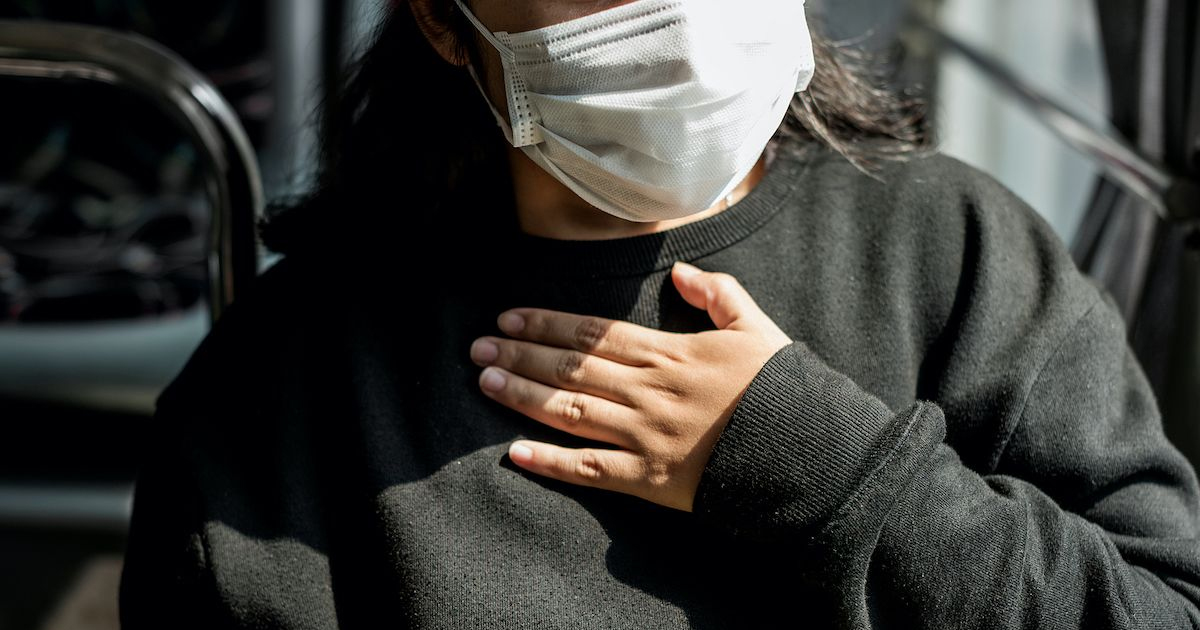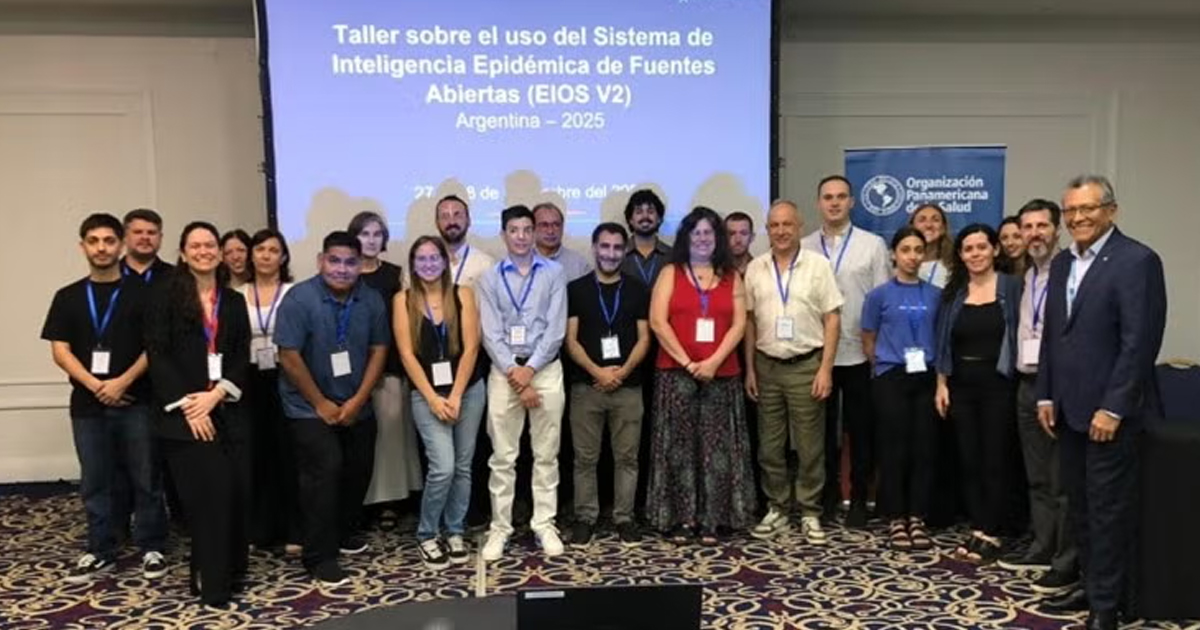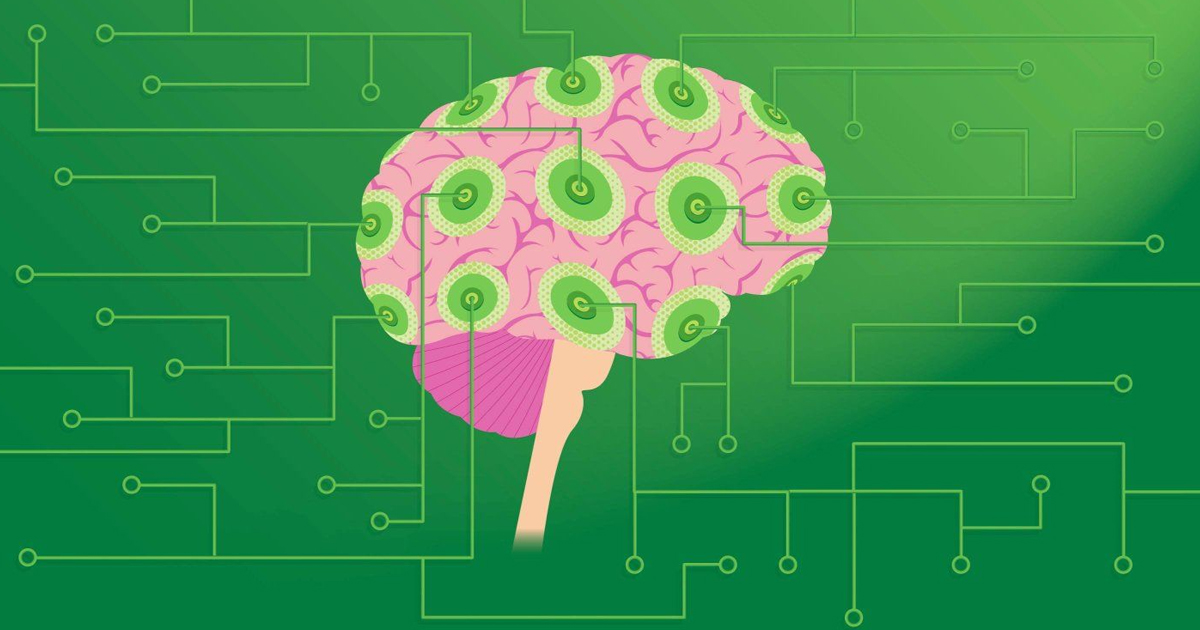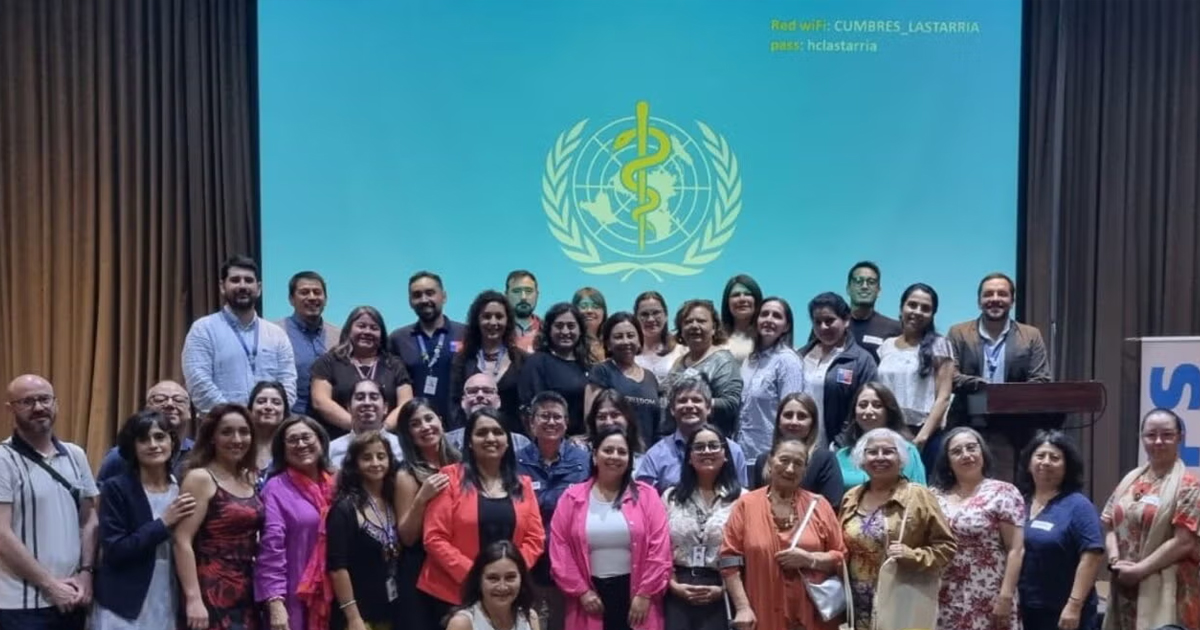Estudio publicado en Nature, muestra la construcción de un modelo que reproduce la dinámica de las epidemias por el virus SARS-CoV-2, tomando en cuenta diferentes variables, para posteriormente probar los resultados de aplicar tecnología de rastreo de contactos por teléfonos móviles y medir su eficacia.
Las tecnologías de rastreo de contactos diseñadas para teléfonos inteligentes han funcionado como una útil herramienta en la lucha contra la propagación de COVID-19 en el mundo. Ya que son una forma segura de aislar a las personas que han tenido contacto con un caso confirmado de la enfermedad. Por otra parte, a través de los teléfonos móviles también es posible medir los datos de movilidad de la población y a través de su análisis tomar mejores decisiones sobre las restricciones de movilidad.
En el artículo: “Simular epidemias de SARS-CoV-2 por variables específicas de la región y modelar la contención de la aplicación de rastreo de contactos”, publicado en npj Digital Medicine de la revista Nature, los autores plantean la aplicación de un modelo SIR —modelo que se basa en el análisis de la transición de los individuos susceptibles a la infección (S) al estado de individuos infectados que infectan (I) y, finalmente, al de recuperados (curados o fallecidos) (R)— enfocado en COVID-19.

El objetivo del estudio y específicamente de la construcción del modelo SIR, fue reproducir fielmente la dinámica de las epidemias de SARS-CoV-2, incluidas las funciones respectivas de la infección asintomática y la densidad de población y probar los efectos de distintas intervenciones, y específicamente el uso de aplicaciones telefónicas para rastrear contactos, según explican los autores en el apartado de Resultados.
Para dicha investigación fueron utilizados datos demográficos de España e Italia, tomando en cuenta la densidad poblacional específica de cada región, además también probaron el impacto de la aplicación de rastro de contactos en una serie de escenarios planteados.
“Nuestros resultados muestran que, en apoyo del aislamiento eficiente de casos sintomáticos, el rastreo de contactos mediado por aplicaciones puede mitigar con éxito la epidemia incluso con una fracción relativamente pequeña de usuarios, e incluso suprimir por completo con una fracción mayor de usuarios”, explicaron los autores. No obstante, reconocen que la densidad de población es un aspecto crítico que puede determinar la dificultad de contener o no los contagios.
“Nuestro objetivo fue modelar el efecto del rastreo de contactos mediado por aplicaciones teniendo en cuenta la densidad de población y el transporte, al mismo tiempo que permitimos monitorear el número de pacientes que están en cuarentena y su estado con respecto a la infección”, explican sobre el uso del rastreo de contactos como una herramienta para controlar los contagios de COVID-19 al levantar las restricciones en la movilidad.
En sus resultados generales, explican que la cuarentena voluntaria, registrada gracias a las apps de rastreo de contactos, así como el aislamiento de casos confirmados, contribuyen al control de la epidemia, sin embargo, se deben tomar en cuenta factores como la densidad de población y la movilidad en transporte público, por ejemplo.







